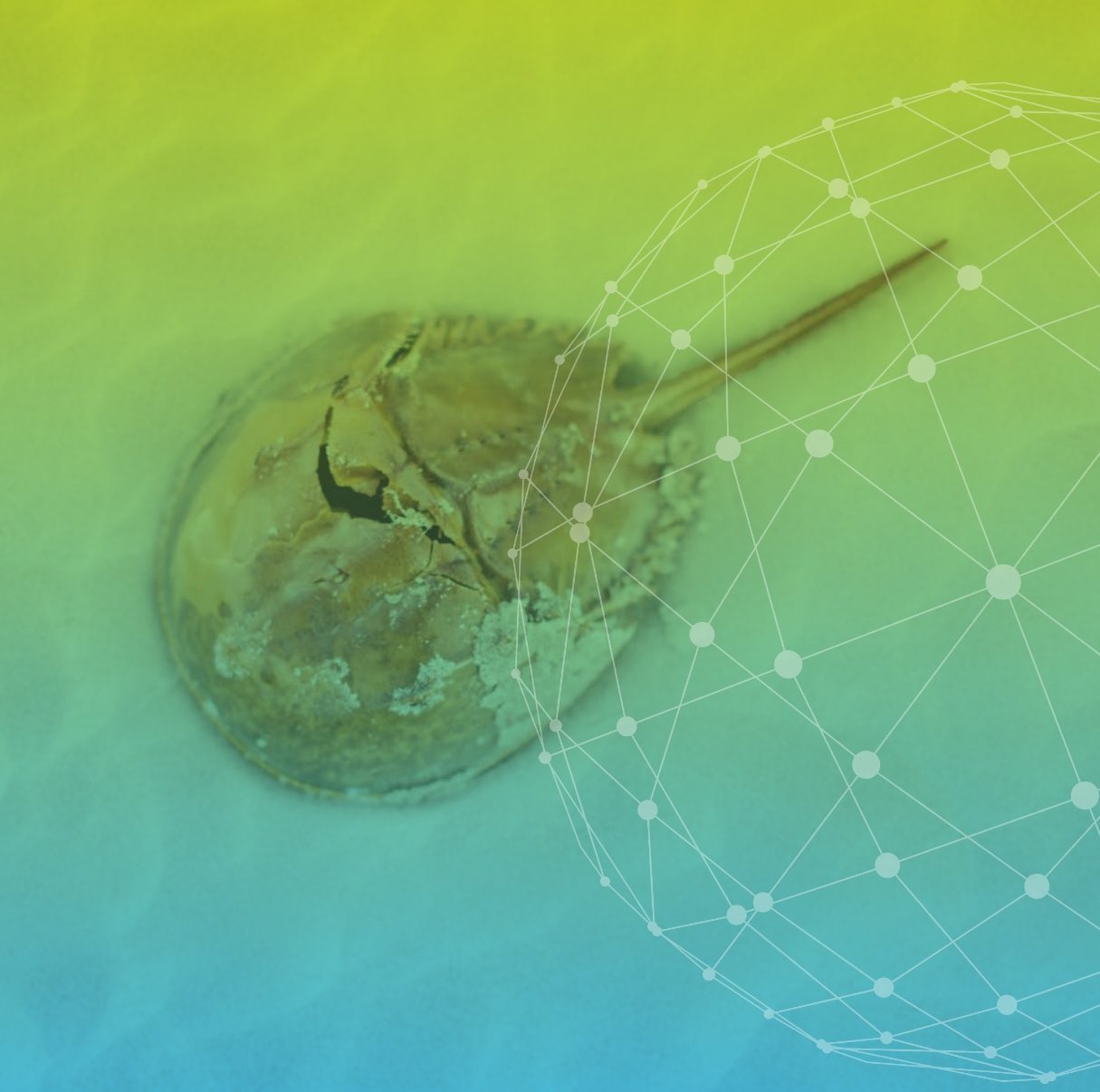Discover the Future of Endotoxin Detection with rFC and USP Chapter <86>
⏱Read time: 2 minutes, 50 seconds
Endotoxin detection has long been reliant on the Limulus Amebocyte Lysate (LAL) method. The endotoxin detection landscape is evolving with the pending adoption of USP Chapter <86>. As LAL once eliminated the need for the rabbit test for the sake of scientific utility, recombinant Factor C (rFC) is becoming the new endotoxin test standard. After 20 years of experience with rFC, scientific arguments have accrued to specifically support choosing rFC for endotoxin detection from the perspective of four broad categories: specificity, test performance characteristics, interference properties, and ease of use.
Specificity
LAL includes an enzyme leading to the generation of false-positive reactions (factor G), while rFC is designed to specifically detect endotoxin.
Specificity is an important attribute for a compendial test. In the 1980’s the β (1,3) Glucan activation of the Factor G pathway was discovered, disrupting the previous belief that LAL was specific for endotoxin.1,2 rFC contains only Factor C and not Factor G and therefore cannot react to beta-glucans.
Other classes of LAL-reactive substances have been identified since the 1980s, including cellulosic materials from pharmaceutical drug filters, polynucleotides, some proteins and mannans as well as medical grade gauze and dialysis filters 3,4. More recently, beta-glucans have been seen in cell therapy and blood component-type products that utilize sterilizing cellulosic filters.5,6
Test Performance Characteristics
Some samples are difficult to test or show wide variability using LAL, as compared to rFC which provides advantages in precision, accuracy, and repeatability.7,8,9
LAL comes from a pool of blood from wild animals that includes different ages, sizes, sexes, and other factors. The variability associated with different lots of LAL is due to the heterogeneity in the horseshoe crab harvest and extraction process. The synthetic production of rFC means that there is less batch-to-batch variation and rFC results are consistent even from one supplier to another. The repeatability of rFC standard curves compared to those produced by LAL is well known. See Figure 1.
The high consistency of rFC means that a product tested in China can be identical to a test performed in the US. A large study by a consortium of pharmaceutical manufacturers showed that when standardized procedures are used, consistent results can be obtained by rFC assays across many different laboratories.10
 Figure 1. Endotoxin concentrations of standardized endotoxin preparations measured using rFC from different batches (ENDOZYME® II assay).
Figure 1. Endotoxin concentrations of standardized endotoxin preparations measured using rFC from different batches (ENDOZYME® II assay).
Interference Properties
In testing both simple and complex substances, one can see in Table 1 that sample interference profiles commonly differ widely between different LALs. For this reason, many labs utilize more than one lysate type. Again, rFC can provide better results, less interference, with some products and solutions as evidenced below.
 Table 1: Interference (spike recovery) comparison of ENDOZYME® II GO recovery vs LAL tests
Table 1: Interference (spike recovery) comparison of ENDOZYME® II GO recovery vs LAL tests
Ease Of Use
Given the cost of a failed test, investigation, justifying retest, materials, reagents, etc., it is crucial to alleviate and standardize some of the labor-intensive test protocols. The use of pre-spiked plates provides unsurpassed ease in allowing users to forgo preparing CSE standard curves, avoiding vortexing, pipetting, diluting, and plating steps, as well as spiking individual sample wells (with 10mL aliquots).
The ENDOZYME® II GO plates come pre-spiked with both CSE standard curve and sample PPC wells as shown in Figure 2, providing you with all the ease-of-use and error minimization possibilities in your lab.
 Figure 2. The ENDOZYME® II GO reagent kit (top) and diagram of a pre-spiked plate (bottom).
Figure 2. The ENDOZYME® II GO reagent kit (top) and diagram of a pre-spiked plate (bottom).
A shift from LAL to rFC shows significant benefits that include specificity, test performance, interference properties, and ease of use. The pillars of a strong bacterial endotoxin test strategy today should also include, environmental considerations, and supply chain assurance. While considering your choice for endotoxin detection, it's vital to minimize the risks associated with using methods that lack extensive data and experience. With rFC, we stand as pioneers with 20 years of proven success, providing you with the assurance that comes from a wealth of accumulated knowledge.
Discover Additional rFC Endotoxin Resources
References:
(1). Kakinuma, A., T. Asano, H. Torii, and Y. Sugino. 1981. Gelation of Limulus amebocyte lysate by an antitumor (1,3)-p-D-glucan. Biochem. Biophys. Res. Commun. 101:434-439.
(2). Ikemura et al., False-positive result in Limulus test caused by Limulus amebocyte lysate-reactive material in immunoglobulin products, J Clin Microbiol, 1989 Sep;27(9):1965-8.
(3). Nakao, A., Yasui, M., Kawagoe, T., Tamura, H., Tanaka, S., and Tagaki, H. (1997) “False positive endotoxemia derives from gauze glucan after hepatectomy for hepatocellular carcinoma with cirrhosis,” Hepato-Gastroenterology 44: 1413-1418
(4). Pearson, F. C., Bohon, J., Lee, W., Bruszer, G., Sagona, M., Jakubowski, G., Dawe, R., Morrison, D., and Dinarro, C., (1984): “Characterization of Limulus Amoebocyte Lysate-Reactive Material from Hollow-Fiber Dialyzers,” Appl. Environ. Microbiol. 48: 1189-1196.
(5). False positive endotoxin results in a DC product caused by (1→3)-β-D-glucans acquired from a sterilizing cellulose filter, Anderson et al., Cytotherapy 4(6): 557-9, Feb. 2002.
(6). Nagasawa et al., Experimental proof of contamination of blood components by (1-3)-β-D-glucan caused by filtration with cellulose filters in the manufacturing process, Jour. Artificial Organs (2003) 6:49–54.
(7). Modern Perspectives on LAL Non-Endotoxin Reactivity, Williams, APR, Dec. 2021.
Wednesday, December 1, 2021.
(8). Roslansky and Novitsky, Sensitivity of Limulus amebocyte lysate (LAL) to LAL-reactive glucans, J Clin Microbiol., 1991 Nov;29(11):2477-83.
(9). Marius, Vacher, and Bonnevay, Comparison of bacterial endotoxin testing methods in purified pharmaceutical water matrices, Biologicals, Volume 67, September 2020, Pages 49-55.
(10). Bolden J, Knight M, Stockman S, Omokoko B. Results of a harmonized endotoxin recovery study protocol evaluation by 14 BioPhorum Operations Group (BPOG) member companies. Biologicals. 2017;48:74–81.



